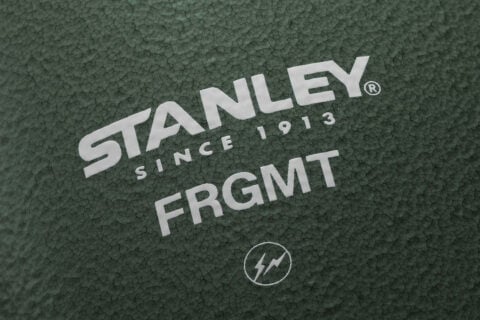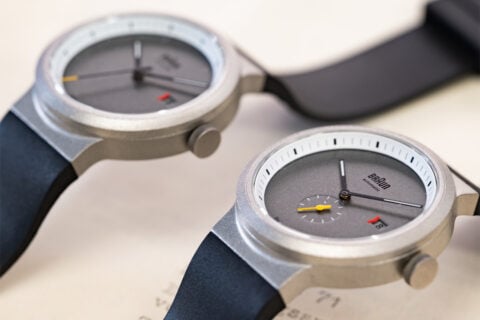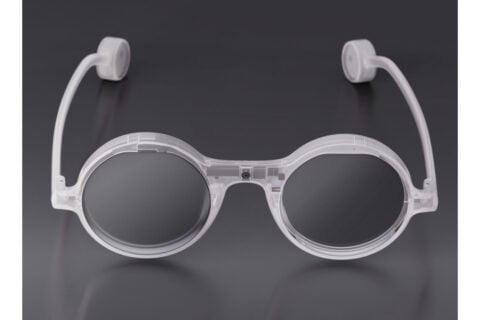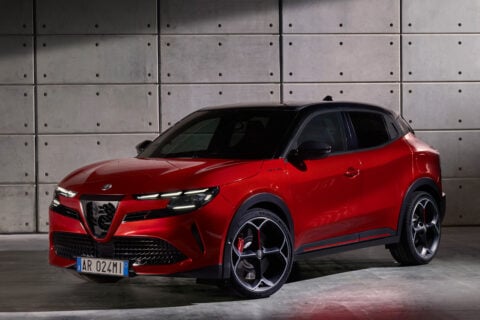In the 1960s when everything space-age was in vogue, Finnish architect Matti Suuronen designed the Futuro House, a prefabricated house with a futuristic appearance that could be easily relocated and assembled. It was quickly nicknamed the “UFO House” because of the new ‘mobile home’ concept and its “Sci-Fi” oval shape. Its innovative qualities were not limited to just its design and function, but also by the then-inexpensive fibreglass-reinforced polyester plastic material used for its construction. It was a revolutionary step in the history of architecture and a good starting point for further refinement, yet its polyester plastic construction also caused the eventual eclipse of Futuro House.
When the first oil crisis took place in 1973, the market price for all plastic materials instantly increased threefold. As the Futuro was made primarily of now cost-prohibitive plastic, it was no longer profitable and quickly became history. Most of the 100 units produced over forty years ago are now tarnished and unusable. Shown in the images is a rare restored example purchased three years ago by curator Craig Barnes.
According to Barnes, many pieces were in bad condition when he bought the Futuro House in 2014. He successfully brought it back to London and after a lengthy repairing, repainting and delivering process, Futuro was presented for its first exhibition at Matt’s Gallery. The fully restored Futuro House now sits on the rooftop of Central Saint Martins as an active space for future gazing performances, talks and exhibitions. If you happen to be in London, why not take some time to visit this classic design symbol of optimism and speculation and perhaps a potential catalyst for future thought and action.






